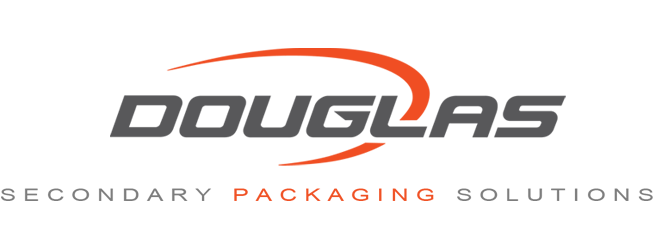Welcome to the fifth installment of Women in the Workplace Series. If you’d like to read the previous articles, check out the links below!
Did you know that just over 11% of all Douglas Machine employees are female?
In order to get a credible perspective on the women who have been employed at Douglas since the company was first established in 1964, seven women were interviewed, including one retiree and six current employees. Their work spans every decade of Douglas’ existence and therefore provides insight into the experiences of women in the workplace over time, the variety of work that women have contributed to Douglas, and their advice for women who are interested in working in a similar industry.
Interview with Brenda Larson
1. How long have you worked at Douglas, and in what position/s?
BRENDA: I’ve worked at Douglas two separate times. From 1996 to 2002 I was a Technical Writer and Technical Writing Coordinator. I then went to another company for 12 years, came back, and since that time I’ve been here for four years as Marketing Services Coordinator and now Marketing Communications Manager.
2. What drew you to this line of work? What specifically brought you to Douglas?
BRENDA: I’ve always been interested in writing, so initially that interest was the start of becoming a Technical Writer. I like to take complex information and simplify it for people to easily understand. I also love creative writing. I gained marketing experience at a former job and loved designing materials, so my current position at Douglas was a good fit. I am originally from Alexandria, so I knew that Douglas was a well-established business. I also have family members who have worked here in the past.
3. In a nutshell, what do you do?
BRENDA: I am part of a team that promotes our products, services and brand to our customers and the community.
4. Were you married and/or were you raising a family when you started working at Douglas?
BRENDA: I was married when I came to work at Douglas. I started my family while working here.
5. Was it usual for women to be working at the time when you started? Did many of your friends and female peers work?
BRENDA: Yes, many of my female friends had jobs. In manufacturing, however, a majority of the females were in office positions. The change I see now is there are more females holding production positions.
6. How many of the people on your team are also female? What is that like?
BRENDA: There are four Technical Writers and one Marketing Specialist that are females on my teams. It’s great working with females. As women you can share similar experiences.
7. In your opinion, how has the role of women in the workplace changed over time?Why do you think those changes have occurred?
BRENDA: In the past, more women stayed at home and cared for their family. Over time, the drive to have a career brought more women into the work place. Also, stronger financial support was needed for families so more women chose to work outside of the home.
8. If you were to guess, what percentage of Douglas employees today do you think are women?
BRENDA: Probably 15%.
9. What advice would you give women who are considering working in this industry?
BRENDA: My advice is to have a passion for the industry, and by that I mean wanting to understand intricate details of how your industry works. Whatever your product is, you have to be connected enough so you feel that you can succeed at work and enjoy coming to work every day.
Connect With Douglas Machine
Reach out to us today to learn more about Douglas Machine and our family! You can also connect with us for more details on our powerful secondary packaging solutions.
